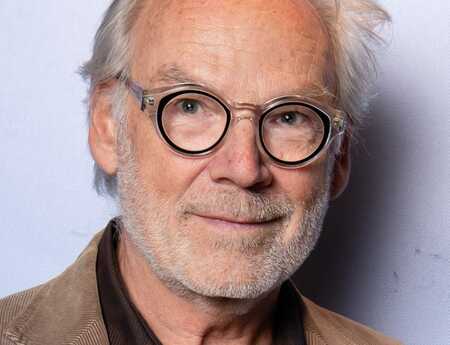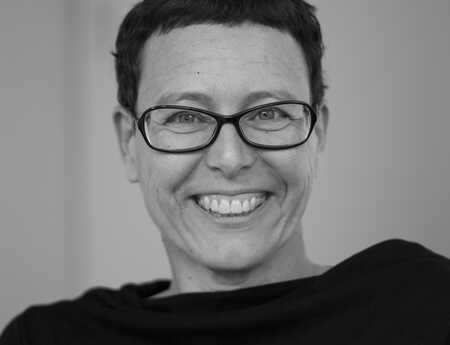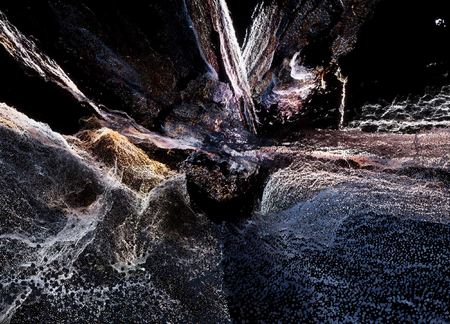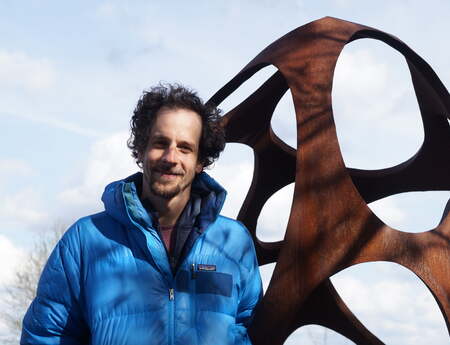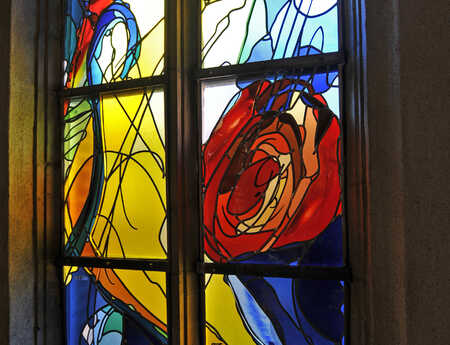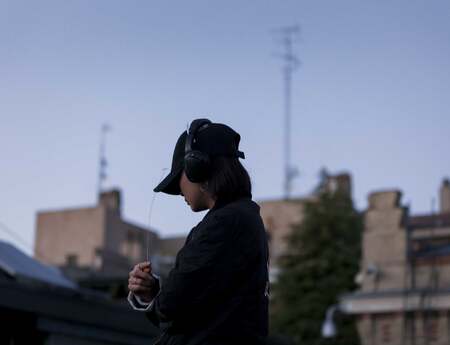Beyond the Glacier / Jakob Kudsk Steensen
A digital hymn for the Arolla cave
“My Thorax shattered like glass and a line in my language was lost”
One year ago, the work of Jakob Kudsk Steensen (b 1987, DK) was presented during Paradys, a sculptural exhibition at the estate of Oranjewoud (Friesland, The Netherlands). Recently Teylers Museum, the oldest museum of the Netherlands (dated 1784) invited the Danish video artist to present two breathtaking video installations that deal with the existence and collapse of one of the most famous ice caves in Switzerland: the Arolla Cave.
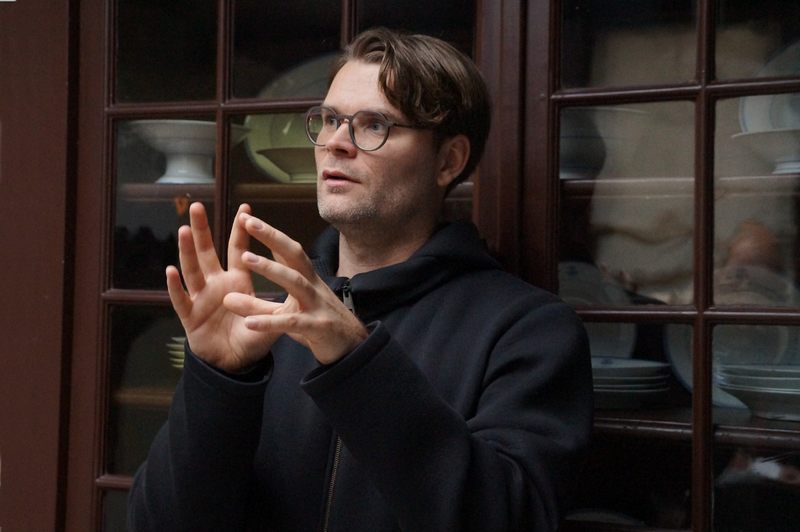
Arolla Glacier
During the reception in Teylers Museum Jakob Kudsk Steensen was present, and ready to answer some questions. In the collection of Teylers Museum are many important books, fossils and minerals related to the study of glaciers in the Swiss Alps. A nineteenth-century travel book with illustrations by J.D. Forbes, showing the Arolla Glacier, provided an interesting perspective on Kudsk Steensen’s artistic observations. He used texts from this illustration for his video installation Beyond the Glacier. His breathtaking digital landscapes are often based on natural landscapes, that have disappeared or are on the verge of radical transformation due to climate change. The installation Beyond the Glacier consists of two videos and documents a glacier cave in the Arolla mountains in southern Switzerland. Kudsk Steensen visited the cave in the spring of 2022 and recorded it in detail with digital scans of the glacier, of plants and diverse geological layers, as well as miraculous microorganisms. In September 2022, nine months after the artist’s first visit, the Arolla Cave completely collapsed. For the young generation this will be reality, not knowing that there was a huge cave in former times: another shifting baseline.
You use 3D animation, sound, and digital technologies for your video installations, but what’s on the basis?
“On the basis are the 2,000 digital photos of the cave that I made with my camera in the spring of 2022 by making use of photogrammetry, a new type of 3D photography. Back in the studio I made a video 3D model, later I have put that in a video game. So, the artwork became a kind of video game. Game technology gives me the opportunity to build completely new surroundings. In these surroundings I can move with my body and zoom in and out freely. So, it’s a kind of play with metaphysics and my body in relationship to the environment.”
Tongues of Verglas
One of the exhibited video works, Tongues of Verglas was also shown in Kopenhagen Contemporary during the exhibition Yet, it moves!
In Tongues of Verglas the viewer slowly floats virtually through the ice cave. Visitors see the rough bark of the Arolla pine floating through the air and notice microscopically small lichen. The cave is semi-transparent, so you can see right through it, and discover the glacier behind it.
Is it more or less as if you walk through a cathedral, with these hollow sounds and singing dark voices, that are familiar to the choirs of Arvo Pärt?
“My goal was to create a ritual in which the visitors are immersed: you hear the sound of the ice creacking, drops of water falling, you hear strange sounds and dark voices, singing in a hollow space accompanied by the images. The music composition is made by the composer Lugh O’Neill. I usually make a sound script on forehand; ‘here should be some singing, there should be some noise, and here I want to hear the creaking of the ice’. When you walk through the two exhibition spaces where the video installations are placed, you actually don’t see an artwork, but you are moving through it, and it becomes you.”
Did it hurt you, when you noticed that the cave had collapsed nine months after you filmed it?
“In a filmed interview with me that is shown here in the museum, I used this sentence: ‘My thorax shattered like glass and a line in my language was lost’. After people have visited the exhibition, I hope they are more sensitive to their environment and how we are losing it.”
In the press release I read that this exhibition demonstrates how the transformation of our planet due to climate change will ultimately bring about a profound transformation in ourselves. Doesn’t that bother you?
“Well, there have been ice times before and warm periods as well, and I just see climate change as a natural phenomenon. It doesn’t make me sad or melancholic; I look at it as an artist.”
“I am focussing now more on new emerging landscapes”
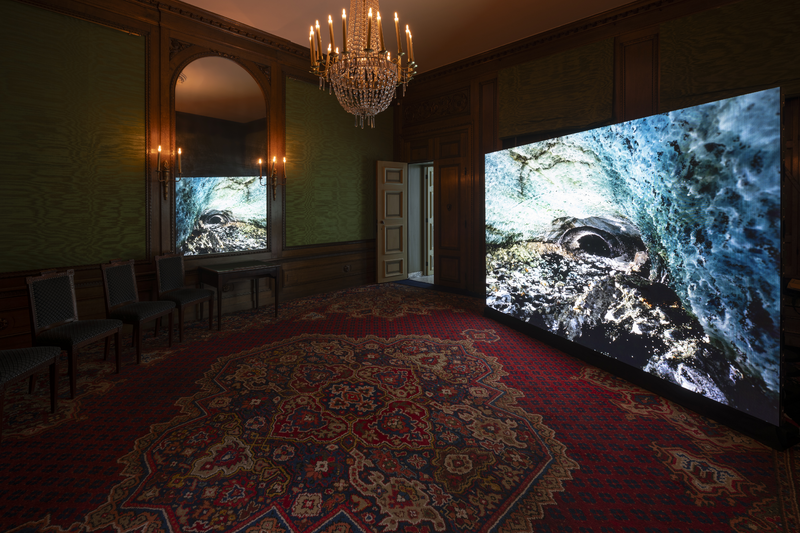
The Ephemeral Lake and Paradys
However, after having focussed in his work on disappearing landscapes, Kudsk Steensen is now focussing on new emerging natural phenomena, such as new emerging lakes. His new work will be shown in April in the Kunsthalle Hamburg under the exhibition title The Ephemeral Lake. Drawing inspiration from Caspar David Friedrich, Kudsk Steensen examines in this new series the impressive natural phenomenon of these new ephemeral lakes. A geological term that is used to describe periodic accumulations of water in arid, barren, often desert landscapes. Completely controlled by AI and accompanied by music and recordings of environmental sounds, Kudsk Steensen made a spectacular interactive trip for visitors.
About a year ago Kudsk Steensen presented the splendid VR video Re- Animated at the estate of Oranjewoud, during the manifestation Paradys in Friesland (the Netherlands). The installation focused on the Kauaʻi ʻōʻō, a bird that used to live on the Hawaiian island of Kauai and went extinct in about 1987. However, the Kauaʻi ʻōʻō still appeals to the imagination due to its mating call, which was recorded by a biologist in 1987 and which was subsequently uploaded to YouTube in 2009.
Teylers Museum Beyond Glacier, Jakob Kudsk Steensen
17 November 2023 until 03 March 2024

